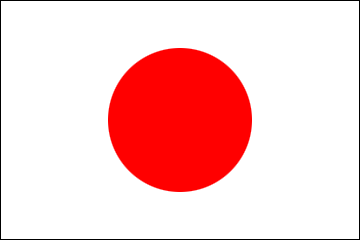Japanese Language Teachers Training Course: My experience by Lydia Wamuti
2015/10/15
Profile
Lydia is a graduate of Kenyatta University. She has an experience of teaching Japanese language in Kenyatta University, United States International University (USIU), Kenya Wildlife Service Training Institute (KWSTI) and Kenya Utalii College. She started learning Japanese Language in Tottori prefecture in Japan where she lived with her husband between the years 1997 and 2002.She participated in the short term Japanese foreign language teachers training in Urawa, Japan in July/August, 2007 and July/August, 2015. She is currently a master’s student in Kenyatta University undertaking a research on socio-cultural influences on the teaching and learning of Japanese as a foreign language.
Introduction
I participated in Japanese Language Teachers Training Course which was held in The Japan Foundation Japanese-Language Institute-Urawa during the month of July and August, 2015. The Institute is located in Kita Urawa in Saitama prefecture, Japan. The course is aimed at strengthening the education of Japanese-language overseas by upgrading the teaching skills of the non-Japanese teachers of the language. The program was fully funded by The Japan Foundation. The course was attended by 44 participants from various countries across the world. This report gives my experience during the training.The Training Program
The classwork began with placement tests which enabled the facilitators to divide us into four groups based on our Japanese language proficiency. The lectures included areas on grammar, methodology, authentic language and culture. The grammar learning included many evaluation tests while methodology, authentic language and culture involved conducting some research and doing some presentations. There were many assignments, which kept us busy in the evenings and also during the weekends.The training was facilitated by a skillful, hardworking, cheerful and committed team of lecturers who created a friendly atmosphere and remained supportive throughout the training course.
We also interacted with high school and university students who enlightened us on issues related to Japanese Education systems among others. Learning through group work, role play, shadowing, games and other heuristic strategies of learning was a common practice throughout the training.
During the two months, I also acquired new and modern skills in the development of teaching materials while learning more effective and efficient methods of delivering the Japanese course content.
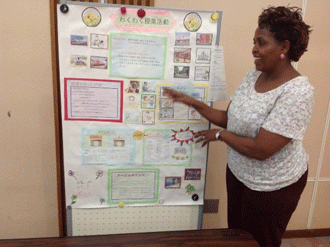
Poster Presentation
|
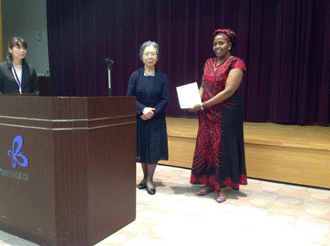
Receiving certificate
|
Outside class activities
During the training, we got the opportunity to fit in Japanese summer outfit (yukata), participate in tea ceremony and visit Kabuki theatre. We also learned the Japanese artistic style of making decorative shapes by folding papers (origami) and calligraphy (shodoo). Moreover, we visited many ancient shrines and temples in Tokyo, Kyoto, Nara and Osaka which was an enriching experience. We also participated in Karaoke. Homestay was also another educational experience as we got to interact with Japanese families in their very natural setup for a weekend.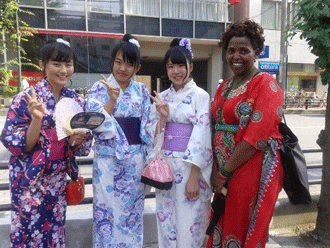
During Urawa summer festival
|
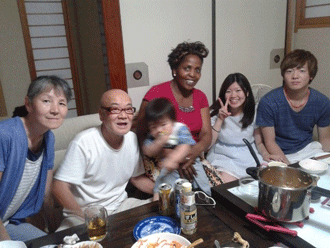
With host family during homestay
|
